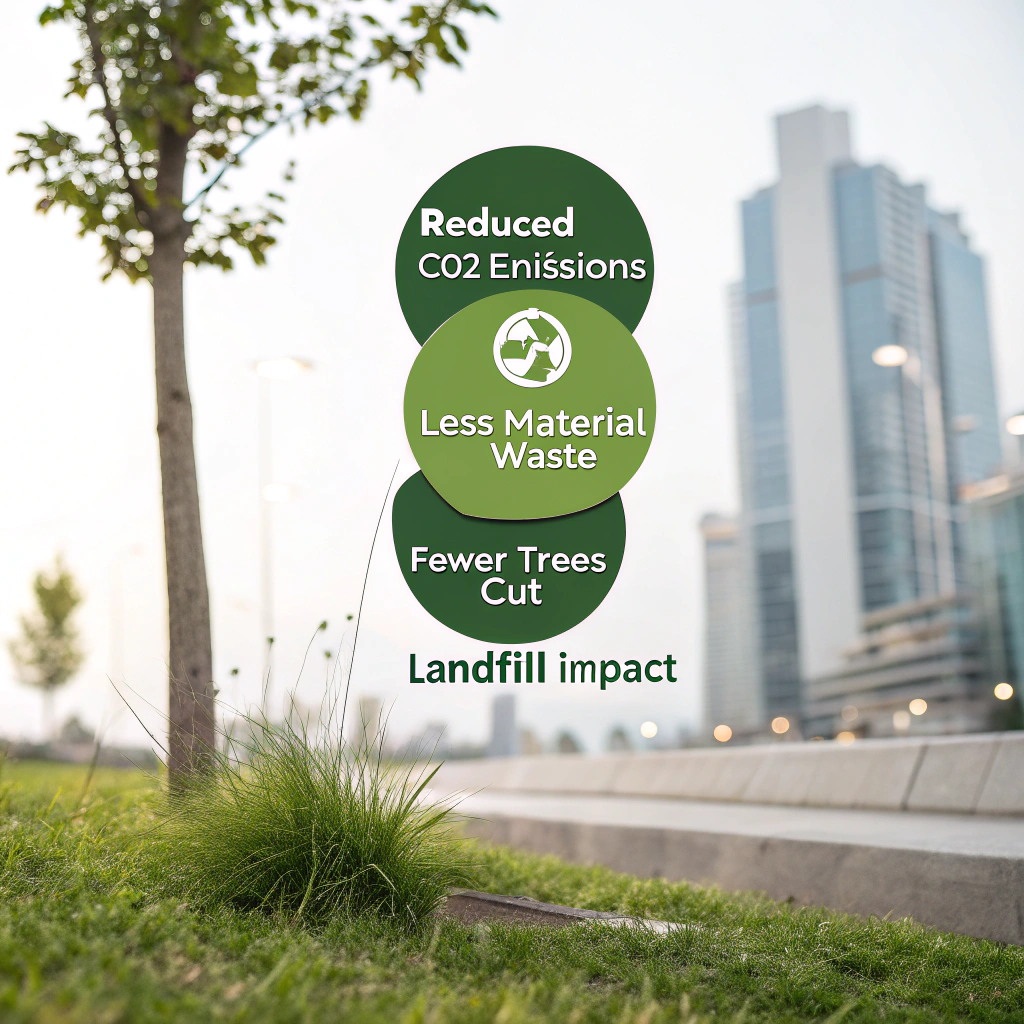Minimalist Packaging: Less is More in Sustainable Design
The packaging industry is experiencing a revolutionary shift toward minimalism, where the philosophy of “less is more” is creating powerful environmental and economic impacts. As consumers become increasingly conscious of their environmental footprint, minimalist packaging has emerged as both a design trend and a sustainability imperative that’s reshaping how brands approach product presentation.
The Rise of Minimalist Packaging Philosophy
Minimalist packaging represents more than just aesthetic choice—it’s a fundamental rethinking of how products should be presented to consumers. This approach strips away unnecessary elements, focusing on essential protection and communication while dramatically reducing material usage. Leading brands are discovering that simplicity often creates more memorable and impactful consumer experiences than elaborate packaging designs.
The movement gained significant momentum during the pandemic when supply chain disruptions forced companies to reconsider their packaging strategies. Brands that adopted minimalist approaches not only reduced costs but also discovered that consumers responded positively to cleaner, more honest product presentations.

Traditional packaging vs. minimalist approach: The difference in material usage is immediately apparent
Environmental Benefits of Less
The environmental advantages of minimalist packaging are substantial and measurable. By reducing material usage by 30-60%, companies can significantly decrease their carbon footprint throughout the entire supply chain. Fewer materials mean reduced extraction of raw resources, lower transportation emissions, and decreased waste generation.
Consider the packaging weight reduction: lighter packages require less fuel for transportation, creating a cascading environmental benefit. When Apple removed chargers from iPhone packaging, they reduced package size by 70%, allowing 70% more units per shipping pallet. This single decision eliminated over 2 million metric tons of carbon emissions annually.
Minimalist packaging also addresses the growing problem of packaging waste. With global packaging waste expected to reach 2.2 billion tons by 2025, every reduction in material usage contributes meaningfully to waste prevention rather than just waste management.

Environmental impact reduction achieved through minimalist packaging design approaches
Design Principles That Work
Successful minimalist packaging follows specific design principles that maximize impact while minimizing materials. The “one-color rule” uses single-color printing to reduce ink usage and simplify recycling processes. Typography becomes the primary design element, requiring careful font selection and hierarchy to communicate effectively within limited space.
Functional minimalism ensures every element serves multiple purposes. A fold becomes both structural support and opening mechanism. A single color serves as brand identification and recycling guidance. This multi-functional approach eliminates redundant elements while maintaining all necessary features.
Material selection becomes crucial in minimalist design. Mono-material packaging—using single material types—simplifies recycling while reducing production complexity. Kraft paper, recycled cardboard, and plant-based films are becoming preferred choices for their sustainability and aesthetic appeal.

Successful minimalist packaging examples showcase how simplicity enhances product appeal
Consumer Psychology and Brand Impact
Contrary to traditional marketing assumptions, minimalist packaging often creates stronger brand connections. Consumer research indicates that 67% of shoppers perceive minimalist packaging as more premium and trustworthy. The psychological principle of “processing fluency” suggests that simpler designs are more easily processed by the brain, creating positive associations.
Minimalist packaging also supports the growing “conscious consumption” movement. Consumers increasingly view excessive packaging as wasteful and irresponsible. Brands that demonstrate restraint in packaging design signal environmental responsibility and thoughtful resource use.
The Instagram effect cannot be ignored—minimalist packaging photographs beautifully, creating organic social media marketing opportunities. Clean, simple designs perform exceptionally well in digital environments where visual clarity is essential.
Implementation Strategies for Brands
Transitioning to minimalist packaging requires strategic planning and gradual implementation. Start with packaging audits to identify unnecessary elements and redundant materials. Many companies discover that 40-50% of current packaging elements can be eliminated without affecting product protection or legal compliance.
Collaborate closely with suppliers to develop custom solutions that support minimalist goals. This might involve creating new die-cuts that eliminate separate inserts or developing multi-functional materials that serve protective and aesthetic purposes simultaneously.
Testing is crucial throughout the transition process. Consumer focus groups, shipping tests, and retail environment evaluations ensure that minimalist packaging maintains all necessary functions while achieving sustainability goals.

Design teams collaborate to create packaging solutions that balance minimalism with functionality
Future of Minimalist Packaging
The future of minimalist packaging extends beyond simple material reduction. Smart minimalism incorporates technology like QR codes to provide digital product information, eliminating printed materials. Biodegradable films and plant-based coatings will enable even simpler material compositions.
As circular economy principles become mainstream, minimalist packaging will evolve to support closed-loop systems where every element serves the recycling and reuse cycle. This approach positions minimalist packaging not just as a current trend, but as a fundamental shift toward sustainable commerce.
The minimalist packaging movement demonstrates that sustainability and commercial success are not opposing forces. By embracing the principle that less is more, brands can reduce environmental impact while creating more meaningful connections with conscious consumers. As this trend continues evolving, minimalist packaging will likely become the standard rather than the exception in sustainable design.
📞 Let’s talk packaging or explore our custom packaging options to help your company have the right packaging solution.
